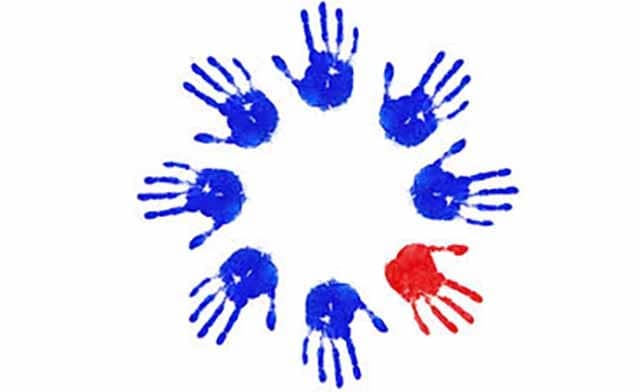Autism Spectrum Disorder (ASD) is increasing with alarming speed. It was only in 1908 when the word autism was used to describe a subset of schizophrenic patients who were especially withdrawn and self-absorbed. After 35 years Leo Kanner (1943) in his paper reported of only 11 children with Early Infantile Autism as he preferred to call. And then a year later, Hans Asperger described a ‘Milder” form of Autism which were later called Asperger Syndrome. With the arrival of DSM-5, all sub-categories, presenting with problem with Social communication, interaction and behaviour have been put together.
In 1975 Autism was reported 1 out of 1000 and 25 years later the prevalence rate was recorded as 1 out of 110. A very recent survey by Center for Decease Control and Prevention (CDC) US in 2014 reported the occurrence rate is gone up and latest figure quotes is 1 out of 68.
What could be the possible reasons for this rapid increase? Off hand, these could be:
- Better skills of professionals and better general awareness.
- Early diagnosis with better outcome in management.
- Resource driven as children can avail of more resources in schools with diagnosis of ASD compared to any other diagnosis.
- Early diagnosis helps in reducing parental stress.
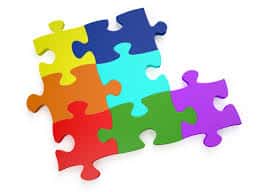
However, having said this, there can be significant number of cases with over diagnosis or you may call it wrong diagnosis due to lack of consistency in practice depending on the expertise of professionals. If there is any consistency in the diagnoses it is the inconsistency in practice. These variations can occur within the same geographical area not to mention of different counties or countries.
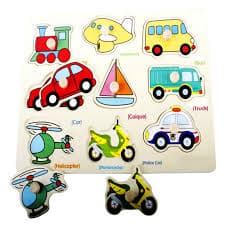
What could be the possible reasons for these anomalies? The most plausible reason could be the lack of understanding of a general developmental pattern of a child by professionals engaged in the process of diagnosis. For diagnosis of ASD, one needs to have a full understanding of a typical development of a child, especially having a critical grasp on the early subtle signs and stages of instrumental, declarative and descriptive communication gestures of a child.

A second reason could be the mushroom growth and provision of training available to professionals/ nonprofessionals from all categories and subsequently becoming an expert in diagnosis of autism, without sufficient knowledge of child development. It is a very sorry state of affair as most of these training providers are money making rackets which can offer training to anyone who can afford the fee, that needs to be strongly discouraged. There is no problem in providing training to professionals to know and understand the basic principles of assessment tools, but if they are not fully equipped with complete and comprehensive understanding of child development, which can take years in some cases, then there are plenty of chances to commit major errors.
There are also other professionals, and some of them are quite well known and hold a high standing within their professional community, do not care to use any standardized instrument designed for diagnosis and come to conclusion within no time. Anyone with any professional degree dealing with mental health can not only comment but also will diagnose a child while not considering the implications it carries on the families. We need to understand a simple principle that the approach to diagnose someone with ASD should be process oriented based on collating information from across different settings.
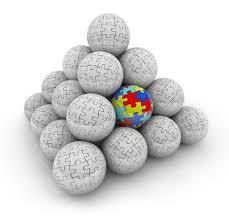
So who should be involved in the process of diagnosing children with ASD. As we know that these children present difficulties in the triad of social interaction, social communication and behaviour. Given these difficulties, we can easily answer these questions. Social communication is a field of speech and language therapist, and they are the ones to be relied most on in this area. Whereas social interaction and behaviour, come under the ambit of psychology and therefore psychologists should be the ones to look for support in these area. However, it does not mean that all speech and language therapists or psychologists can diagnose children with ASD. Again only those who have not only specialized training in diagnosing in ASD but also have worked for some time with children and have acquired the expertise to differentiate between typical and atypical development of a child. Further, if there is any mental health issue or any other medical query, only then psychiatrist and/or paediatrician and/or Child Neurologists, should be involved to rule out any differential diagnosis.
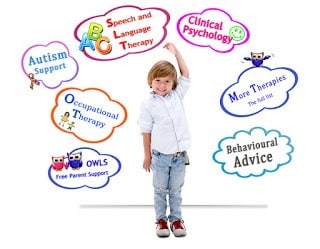
The second question is what tools should be used for diagnosing a child with autism. There are number of screening tools available such as Childhood Autism Rating Scale (CARS), Gillian Autism Rating Scale (GARS) Social Communication Questionnaire (SCQ), etc, however, for the purpose of final diagnosis, it should be done using one of the following instruments, and of course with observation across settings, such as home and school.
- Diagnostic Instrument in Social Communication Disorder (DISCO)
- Autism Diagnostic Observation Schedule (ADOS-II)
- Autism Diagnostic Interview (ADI-R)
These are the main three instruments which require intensive training which can be in some cases available locally especially ADOS-II. However, ADI-R and DISCO training are available in Europe and USA.
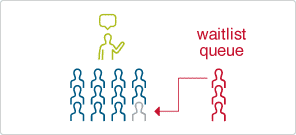
One of the worrying part of this intensive diagnosis process is the creation of huge waiting list for children with a query of ASD. Even in highly developed countries, there are children waiting for diagnosis for more than two years, which we all know is highly critical in the life of a young growing child. This could be one of the reasons that families are forced to go to these ‘professionals’ for a ‘quick answer’, to get resources for their children.
This waiting listing can, however, be easily overcome by differentiating between children based on the severity level of symptoms of ASD. There are children who can easily be identified, presenting strong features of autism, and they will not require to go through a very intensive process compared to children with high functioning intellectual abilities. Also it is very difficult to diagnose a child with moderate to severe intellectual disability and again they will require intensive process of assessment. Or children with dual diagnosis such as ADHD, Down Syndrome or Developmental Coordination Disorder, etc. So based on the severity of symptoms, clinicians can modify the approach of assessment which can certainly help towards reducing the waiting list.

